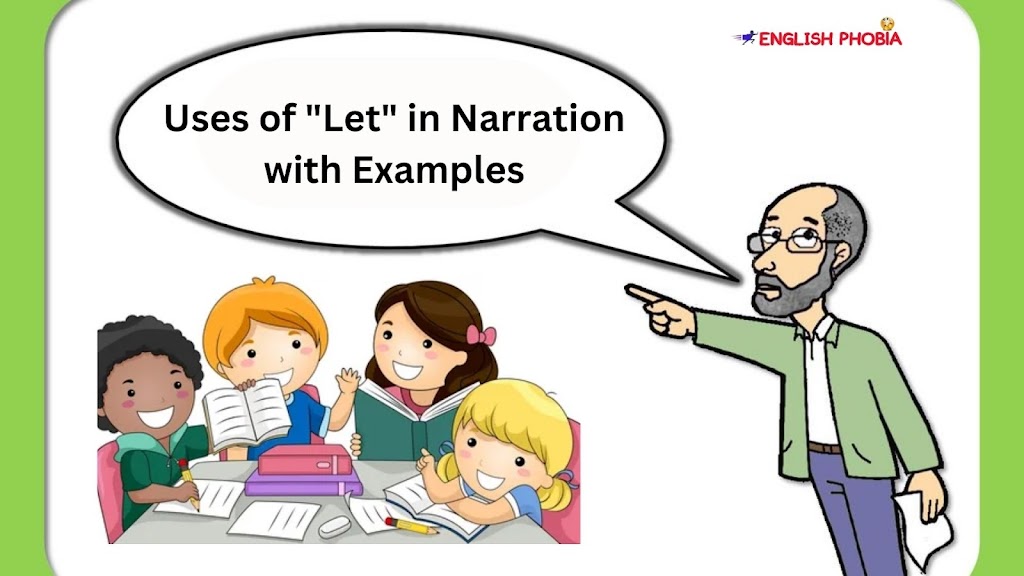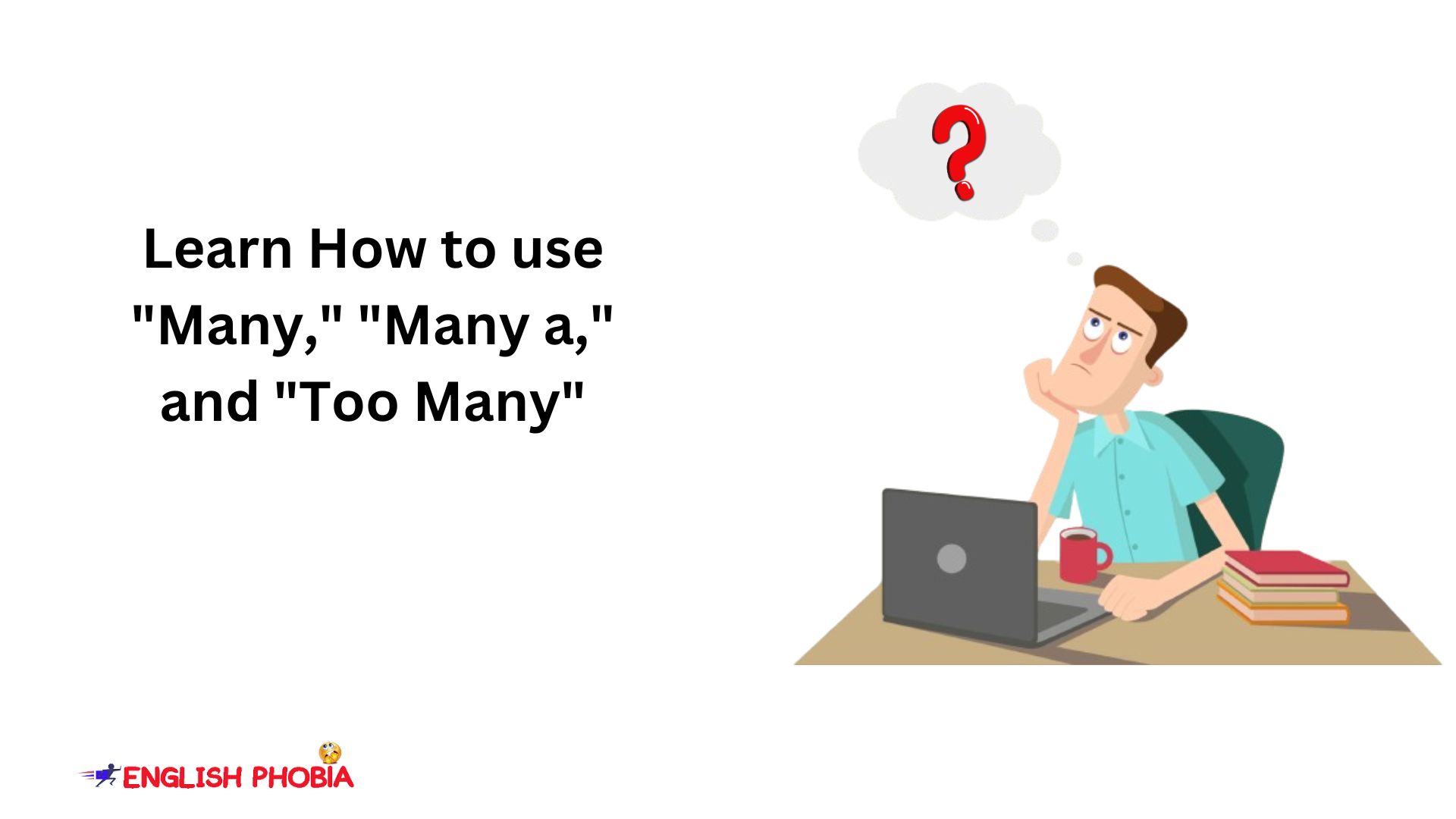Welcome to this blog post about using “let” in direct and indirect speech. In this article, we will explore what direct and indirect speech is, how to use let imperative sentence in both types of speech, and common mistakes to avoid. So, let’s get started!
Introduction
Direct and indirect speech narration are two ways of reporting what someone said or says. Direct speech is when you quote the exact words that were spoken, while indirect speech is when you report what was said without using the exact words. For example:
Direct speech: “I love pizza,” said John.
Indirect speech: John said he loved pizza.
What is Direct Speech?
Direct speech, as mentioned earlier, is when you quote the exact words that were spoken. In direct speech, we use quotation marks to indicate that we are quoting someone’s words. For example:
In this example, the exact words that Sarah said are quoted within the quotation marks.
What is Indirect Speech?
Indirect speech is when you report what was said without using the exact words. In indirect speech, we always avoid using quotation marks. Instead, we use reporting verbs such as “said,” “told,” “asked,” etc. to indicate that someone said something.
“Let” is a verb used in both direct and indirect speech to express suggestions or proposals. It is often used in sentences that begin with “let’s” (let us) or “let me” (let myself). Here are the rules and examples for using let in imperative narration.
Rule 1: In direct speech, “let” is used as is, without any changes.
For example,
She said, “Let’s go to the beach.”
Neha said, “Let me post your article”
Rule 2: In indirect speech, the verb “let” usually changes to “suggested” or “proposed” when reporting the statement. Additionally, the pronoun may change according to the context, and the verb tense may change to match the tense of the reporting verb.
For example,
1) She suggested going to the beach.
2) He offered to help her with her homework.
Rule 3: When the sentence begins with “let me,” it is often reported using the verbs “asked,” “requested,” or “offered” in indirect speech. The structure of the sentence may change accordingly.
For example,
Direct: He said, “Let me carry your bag.”
Indirect: He offered to carry her bag.
Rule 4: When reporting a negative suggestion, “let” changes to “advised” or “suggested” in indirect speech.
For example,
Direct: Santoshi said, “Don’t let Aryan hit the hay here.”
Indirect: Santoshi advised not to let Aryan hit the hay there.
Rule 5: When the verb “let” shows permission or suggestion, the reporting verb changes from “said” to “proposed to” or “suggested to”. There is let us narration example below.
For example,
1) Aman said to them, “Let us start our class now.”
Aman proposed or suggested to them that they should start their class then.
Let in Direct Speech with Examples
Let’s now look at how we can use “let” in direct speech. “Let” is often used to give permission or to allow someone to do something. For example:
1) “Let’s finish the homework,” said the teacher.
In this example, “let” is used to give permission or to allow someone to do something.
Let in Indirect Speech with Examples
In indirect speech, we can use “let” to report permission or allowance. For example:
1) The teacher suggested that they should finish the homework.
In these examples, we are reporting the permission or allowance that was given using “let” in the direct speech.
Using Let as an Auxiliary Verb
“Let” can also be used as an auxiliary verb in both direct and indirect speech. As an auxiliary verb, “let” is used to form the imperative mood. For example:
1) “Let’s eat pizza!” exclaimed John.
2) John exclaimed that they should eat pizza.
In the first example, “let” is used as an auxiliary verb to form the imperative mood. In the second example, we are reporting the imperative mood using “let” as an auxiliary verb.
Let vs. Leave in Direct and Indirect Speech
“Let” and “leave” are two words that are often confused with each other. “Let” means to give permission or to allow someone to do something, while “leave” means to go away from a place. For example:
1) Neha said to me, “Let’s try our best for it now.”
In this example, “let” is used to show the suggestion.
Common Mistakes to Avoid
When using “let” in narration imperative sentences, there are some common mistakes to avoid. One mistake is to use “leave” instead of “let” when giving permission. Another mistake is to use “let” in the wrong tense. For example:
Incorrect: “Let him ate food,” said Roma.
Correct: “Let him eat food,” said Roma.
In the incorrect example, “let” is used in the past tense instead of the present tense.
Narration with Let Exercise
Now that we have covered the different ways ‘let’ can be used in narration, let’s practice some examples:
Exercise 1: Rewrite the following sentence using ‘let’:
“Can I borrow your pen?”
Let me borrow your pen, please.
Exercise 2: Rewrite the following sentence using ‘let us’:
“We should go to the cinema tonight.”
Let us go to the cinema tonight.
Conclusion
In conclusion, the use of let in narration can be used in both direct and indirect speech to give permission or to allow someone to do something. It can also be used as an auxiliary verb to form the imperative mood. When using “let” in direct and indirect speech, it is important to avoid common mistakes such as using “leave” instead of “let” and using the wrong tense.
We hope this article has been helpful in understanding how to use “let” in direct and indirect speech. Happy writing!











